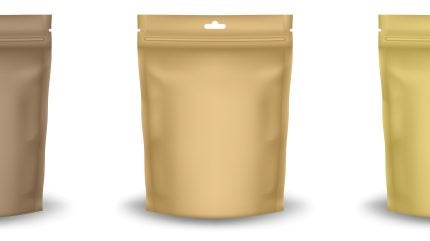
The United States flexible packaging industry generated an estimated $151.4bn in total economic output and supported 398,780 jobs nationwide in 2025, according to a new economic impact report released by the Flexible Packaging Association (FPA).
The study, prepared by John Dunham & Associates, highlights the sector’s broad contribution to the US economy, equivalent to about 0.5% of GDP.

Discover B2B Marketing That Performs
Combine business intelligence and editorial excellence to reach engaged professionals across 36 leading media platforms.
Flexible packaging—used in items such as pouches, wraps and films—is found across food, healthcare, household and industrial goods, making it one of the fastest-growing segments of the packaging market.
Jobs and wages across the supply chain
The report identifies 98,420 direct jobs in packaging manufacturing, 155,520 supplier jobs, and 144,840 induced positions supported through household spending.
Combined, these roles generate $33.46 billion in wages and benefits, with the largest share linked to suppliers and service industries connected to the packaging value chain.
The findings underline the industry’s extensive reach across American states, from factory operations to logistics, design, finance and materials supply.

US Tariffs are shifting - will you react or anticipate?
Don’t let policy changes catch you off guard. Stay proactive with real-time data and expert analysis.
By GlobalDataTax revenues and national economic impact
The study estimates $13.35bn in federal, state and local tax revenues generated by the flexible packaging sector. Total output of $151.4bn includes direct manufacturing activity along with the wider economic effects of supplier and consumer spending.
The FPA report notes that the sector’s lightweight and resource-efficient materials reduce transport costs and product waste, strengthening its role in the national economy.
These factors contribute to steady demand from food and beverage, medical, and consumer goods producers seeking reliable and sustainable packaging solutions.
Innovation and sustainability in flexible packaging
Flexible packaging continues to evolve through investment in new materials, barrier technologies and recycling innovations.
Industry participants are developing designs that extend shelf life while reducing environmental impact, responding to growing attention on sustainable packaging and circular economy goals.
The 2025 findings suggest these innovations not only enhance sustainability but also support long-term economic value across US manufacturing.
The 2025 Economic Impact of the U.S. Flexible Packaging Industry was produced for the FPA by John Dunham & Associates. It quantifies the sector’s contribution through employment, income and tax data, showing how flexible packaging helps power the wider US economy.





